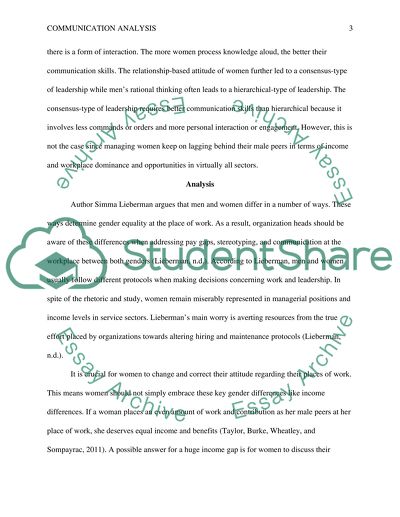Cite this document
(“Communication analysis on gender equality in the work place Research Paper”, n.d.)
Retrieved from https://studentshare.org/journalism-communication/1654484-communication-analysis-on-gender-equality-in-the-work-place
Retrieved from https://studentshare.org/journalism-communication/1654484-communication-analysis-on-gender-equality-in-the-work-place
(Communication Analysis on Gender Equality in the Work Place Research Paper)
https://studentshare.org/journalism-communication/1654484-communication-analysis-on-gender-equality-in-the-work-place.
https://studentshare.org/journalism-communication/1654484-communication-analysis-on-gender-equality-in-the-work-place.
“Communication Analysis on Gender Equality in the Work Place Research Paper”, n.d. https://studentshare.org/journalism-communication/1654484-communication-analysis-on-gender-equality-in-the-work-place.


